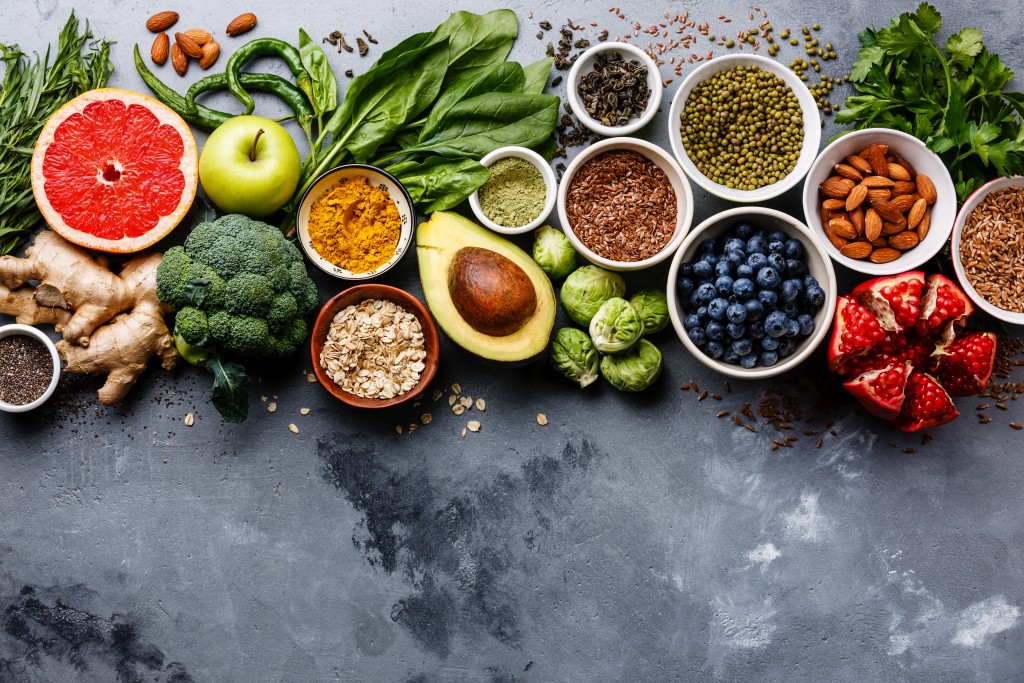If there’s one thing that all parents want, it’s for their children to lead better lives. That could mean aspiring to have their kids graduate from college and find better jobs. Or it could mean wanting them to have stable relationships, shop for bridal dresses in preparation for a dream wedding, and scout property listings for a home of their own.
However, the path to those dreams has never been straightforward for low-income families. And increasingly, the middle class in the US is getting squeezed out in economic terms. The majority of households will struggle to achieve the markers of the American dream.
These struggles, like poverty in general, are the result of multiple overlapping and interacting factors. Those range from societal failure to provide adequate support to institutional failure to create opportunities and individual shortcomings. With so many knots to untangle, how can any family make headway in solving this problem? One key area where parents can make a difference is in nutrition.
Nutrition and learning
Everyone will benefit from eating a balanced diet. By getting all the essential nutrients our bodies need daily, we maintain a solid baseline of health. And in turn, good health enables better outcomes while minimizing our medical expenses.
But nutrition is especially critical in children. Studies have shown that neural connections formed in the brains of healthy children are much more elaborate and dense compared to those in kids whose development was stunted from malnutrition.
This means that from an early age, children who don’t eat well are already at a disadvantage when it comes to learning, well before they even head off to school. And those disadvantages pile up as education affects employment and, ultimately, quality of life.
Nutrition is a vital area for improvement because everyone needs to eat. You’re definitely going to allocate money from your budget towards food. Why not strive to make that food as healthy as possible?
The challenges faced
The common retort is a simple lack of financial means. And it’s not just that healthy food tends to be more expensive. Once again, multiple factors complicate the problem.
Households that aren’t affluent often require both parents to work. Single parents find it even more difficult and might need to work two or three jobs to make ends meet. This places constraints on their time and energy.
When you’re hustling all day and raising a child, it isn’t easy to consistently prepare home-cooked meals. And not all communities have conveniently-located grocery stores. If your daily commute takes you past a convenience store or fast-food restaurant, it’s a lot easier to order takeout and bring home a processed, unhealthy meal.
Seeking aid
 The problems involving nutrition are multi-faceted and complex. And the lion’s share of the work in solving them must be done by the state.
The problems involving nutrition are multi-faceted and complex. And the lion’s share of the work in solving them must be done by the state.
When seeking nutritional aid, your first recourse is the Supplemental Nutrition Assistance Program (SNAP), formerly known as food stamps. The average benefit from SNAP is around $130 a month. It won’t feed a whole family but is especially significant during this time of the pandemic and ensuing layoffs.
Families can also get help from a community food bank. These organizations secure donations from various sources and distribute them to local agencies, such as charities or feeding programs.
Alternatively, you might be able to grow your own food at a local community garden. The American Community Garden Association maintains a list of areas where unused space can be shared among residents who take the time and effort to tend vegetables or fruits.
Education and self-reliance
SNAP and other programs to alleviate food insecurity are valuable, but they also fall short of the mark for many families. Ideally, the government provides enough assistance for its poorest citizens to obtain adequate nutrition, but in practice, some of the responsibility still falls on the parent’s shoulders.
The uncertain future of SNAP itself emphasizes this. Before the pandemic, the Trump administration had moved to scale back SNAP support. And the state of the economy remains tenuous, with no clear timeline for a working coronavirus vaccine.
Middle- and low-income families must still exert some measure of self-reliance. Parents have to ensure that proper nutrition becomes ingrained as a healthy habit on top of seeking all the assistance they can get.
We can all do more to educate our kids not just on how food groups must be represented in a balanced diet but on sourcing. How do they journey from farm to table? How can we grow our own fruits and vegetables or buy healthy food from a farmer’s market? Teach them about these things, and you set the course for a lifetime of good health.

